20 India travel tips to know before you visit
Traveling to India soon? The tips in this article will help you prepare for your trip and enjoy your India experience to the fullest.
India is one of the more popular travel destinations in Asia, and with a diverse mix of cultures, landscapes, architecture, and cuisines — it’s easy to see why. As is the case with most travel destinations, you might benefit from some India travel tips to help you prepare for your trip in advance.
Whether you’ve already booked your flights or are only considering visiting the country sometime soon, here are some India travel tips that’ll help you enjoy the country to the fullest.
Stay connected during your travels
Get the Holafly eSIM for India and enjoy unlimited mobile data wherever you go. Use code MYESIMNOW5 for 5% off your purchase.
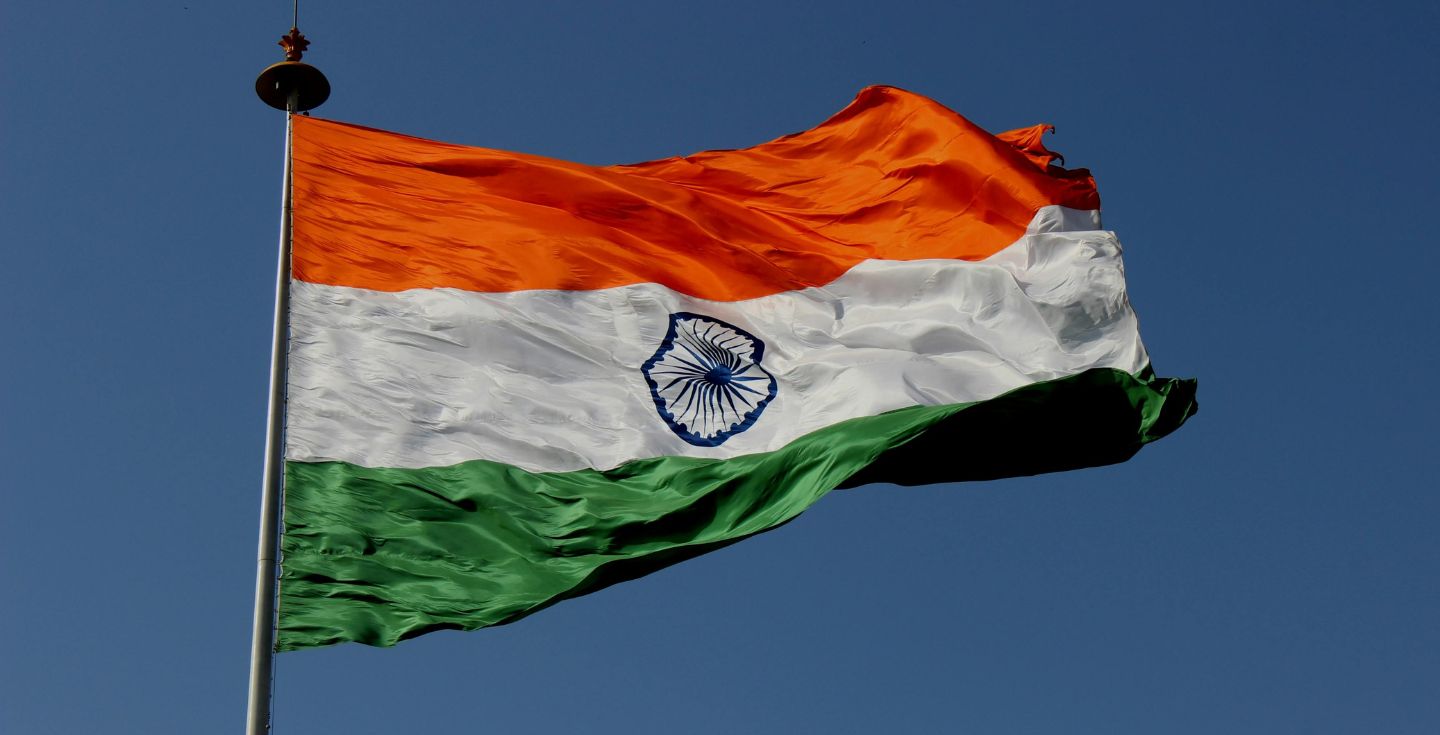
1. Visit the countryside
The busy streets of Delhi or Mumbai might be the first thing you think of when imagining India, but the country has plenty to offer outside of its densely packed cities. From deserts to evergreen tropical forests and some of the tallest mountains in the world — India has it all.
Dedicate some time to the countryside, book a safari tour, take a hike in the mountains, or visit one of India’s many national parks. Make sure to stop by small villages along the way, as they give a whole new face to India when compared to the big cities. There, the pace of life is a bit slower, the air is cleaner, and the culture shines through.
Holafly tip: Asola Bhatti Wildlife Sanctuary is a beautiful nature reserve just outside Delhi, so you barely have to leave the city to experience the Indian wildlife.
2. Travel by train
Wondering what’s the best way to get around and see what India has to offer? The answer lies on railroad tracks that’ll take you nearly everywhere you need to go. India is a vast country, so traveling by car can get pretty tiring and expensive very quickly.
Whether it’s a trip lasting a couple of hours or a couple of days, taking the train is typically the most efficient option.
Holafly tip: Consider getting a first-class seat or better if your budget allows it. It’ll give you more personal space than the general and sleeper class and will typically have AC, which may not be the case with cheaper tickets.
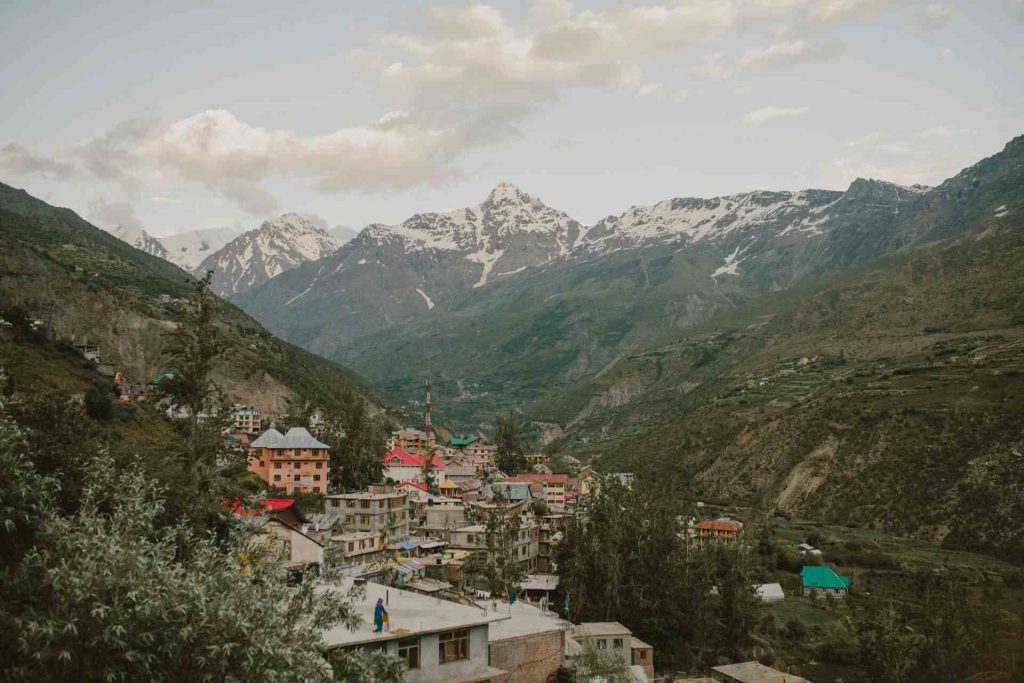
3. Question everything
It’s fairly common for locals to take advantage of tourists and try to charge more or sell their services when you don’t really need them. If something sounds suspicious, it probably is.
Don’t blindly trust locals telling stories of train delays, as the train could be on time, and they’re just trying to get you to pay more for a car ride. All in all, try to stick to official accommodation such as hotels and take public transport and tuk-tuks to get around.
Holafly tip: If someone’s pulling you aside to offer some service, you probably don’t need it. Good things are generally worth searching for, and if it’s being pushed onto you, it’s likely a scam.
4. Prepare to haggle
You might be accustomed to paying the full asking price for whatever you buy, but that’s not how shopping works in India. Haggling is a part of the culture, so embrace it and have some fun with it. This includes more than just the market, as you may have to haggle with tuk-tuk drivers or taxis as well.
The first price you’ll get is almost always way over the top, come back with a counteroffer, and try to meet the seller somewhere in the middle. Don’t be overly aggressive or rude. As a tourist, you’ll probably going to pay more than the locals anyway, but by not haggling, you’re losing both money and a part of the true India experience.
Holafly tip: Expect to overspend slightly, and have fun while haggling. You’ll support the locals and be treated kindly if you don’t push it too far.
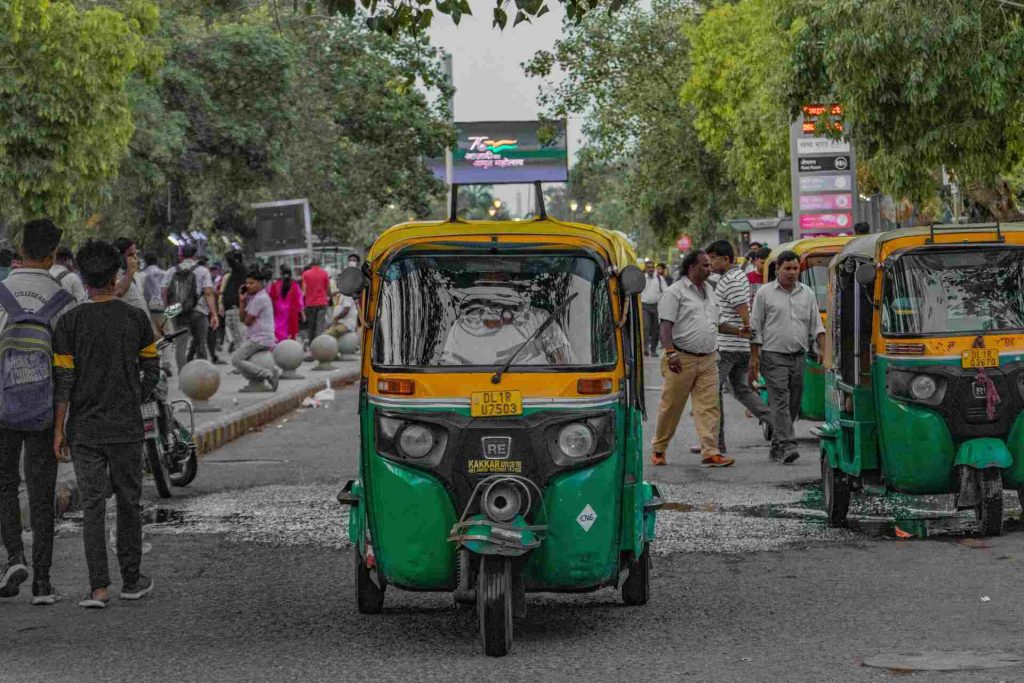
5. Get travel insurance
Travel insurance isn’t mandatory for entering India, but it’s definitely recommended. At the very least, it keeps you protected financially in case of an emergency. You can also get insure yourself from theft. Just keep in mind that you’d need to file a police report in case of theft if you want to get your insurance claim.
Holafly tip: Public medical facilities may not have the best equipment, so consider visiting a private hospital if the issue feels serious.
6. Get an eSIM
Having mobile internet in India is a must. It allows you to stay connected and use map apps, translators, and currency converters. It gives you a touch more independence, being able to navigate the country on your own, communicate with locals, and avoid spending more than you’d like.
Getting an eSIM for India is your best option. There are alternatives, such as buying a local SIM card or renting a pocket WiFi device, but these tend to be both more expensive and less convenient. Not to mention that you may have to pay a premium when trying to buy a tourist eSIM locally.
Holafly tip: By choosing Holafly, you get unlimited data with all eSIM plans so you never have to worry about tracking your data usage or running out and losing connection at the worst time.
7. Beware of pickpocketers
Pickpocketing in India isn’t uncommon, as is the case in many densely populated areas worldwide. You might squeeze past dozens of good, law-abiding people while making your way through the bustling cities. But sometimes, light bumps are very intentional and are done to distract you from the fact that someone’s got their hands in your pocket.
Holafly tip: Always keep your valuables, such as your wallet, phone, and documents close, ideally in a zipper pocket or bag. Avoid having anything of value in your back pockets or loose side pockets.
8. Dress conservatively
Many Indians are quite conservative when it comes to showing skin, especially when it comes to women. You don’t need to dress like the locals, but avoid short skirts or tops that don’t cover the shoulders if you don’t want any negative attention from the locals.
Wearing a T-shirt with pants or long skirts is perfectly fine. When packing for your trip, include some loose breathable pants as well, as the weather can be quite hot and humid depending on where and when you’re visiting India.
Holafly tip: Consider carrying a saree or even a long scarf with you in case you’re asked to cover up while visiting religious areas.
9. Get ready for spicy food
If you’re going to eat anything local, it’s going to be spicy. Pretty much everything that’s not a dessert has spices in it, including things like salads and even tea. If you can’t handle spice at all, you might have to buy ingredients and make your own food. You can also request for the least spicy food possible at the restaurant, but even then, you should expect some spice.
That said, if you’re even moderately ok with it, go ahead and try the local cuisine. Food is an important part of Indian culture, and you’d be missing out on the full India experience if you didn’t try something from the street food stalls or didn’t visit local restaurants.
Holafly tip: Want to taste the local cuisine but can’t handle spice? Butter chicken, biryani, tandoori chicken, and anything starting with malai (meaning creamy in Hindu) is typically not too spicy for the travelers palate.
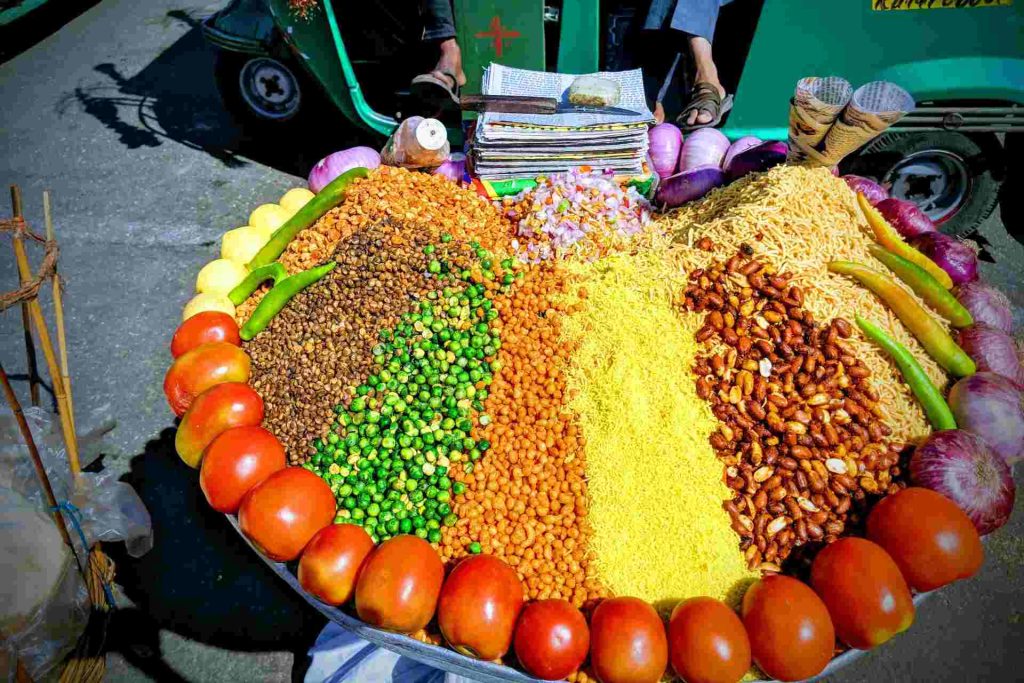
10. Be prepared for Delhi belly
Unfortunately, the mouth-watering selection of food does come with its downsides. Getting Dehli belly (a very appropriate name for gastrointestinal issues in India) is very common with tourists. Especially if it’s your first trip to India. Your body may not be used to the local food, or you may simply get a bad batch from a street vendor.
In general, avoid any milk products, raw foods, salads, and water that isn’t bottled. Many cases of Dehli belly come from food that isn’t very fresh or raw food that has been washed with contaminated tap water.
Holafly tip: Pack medication that can help you with any stomach issues. Take it as soon as you feel something is off. The longer you wait, the longer it might take before you feel better.
11. Forget personal space
India is the most populous country in the world, so expect it to be a bit busier than your hometown. The major cities are particularly crowded, so get ready to be close to other people at all times. The same goes for public transportation and public areas such as train stations.
Locals are also prone to staring at tourists, which feels unpleasant and borderline rude at first. However, it’s something you should get used to quite quickly.
Holafly tip: You will be close to plenty of locals, might as well make the most of it. Smile, engage in small talk, and you’ll quickly see just how hospitable India can be.
12. Wear closed shoes
Though many locals wear open-toed sandals or flip-flops, you may want to consider closed shoes for your trip. The streets of India aren’t renowned for being clean, so wearing closed shoes will keep trash, leftover food, or even pet feces away from your bare feet.
Holafly tip: Forgot your closed shoes at home? You should find a large selection of footwear at the local market.
13. Don’t drink the tap water
Tap water is safe to drink in many places across Europe and North America. However, the same can’t be said about the water in India. Make sure to only drink bottled water whenever you’re visiting the country.
On top of that, if you’re going on a night out, always ask for no ice in your drinks. Bars and restaurants typically use tap water to make ice, making it unsafe to consume. Sure, your drink may not taste as good without ice, but not getting sick seems like a fair trade-off.
Holafly tip: Double-check if your water bottle is sealed properly and doesn’t look like it’s been opened before. In some cases, people might fill used bottles with tap water and try to sell it on the street.
14. Check weather seasonality
While you may think of India as being hot and humid, that’s not always the case, and the weather you encounter can differ drastically depending on when and where you visit. Temperatures in Northern India can go below freezing in the winter months, not to mention the severe climate in the Himalayan mountains.
South India is much warmer, and it’s hot pretty much all year round, but it does have a monsoon season from June to September which brings strong winds and plenty of rain. It’s a big part of the reason why tourists choose to visit South Indian cities during the winter and choose other destinations if they want to travel in August.
Holafly tip: Plan to visit the mountains? Pack some warm clothing, as the temperatures at high-altitude are much lower than they are in the valleys below.
15. Be respectful on religious sites
Religion plays an important role in Indian culture, so you should get familiar with the proper etiquette in religious places before visiting India. You may be asked to remove your shoes and cover your legs and arms before entering a house of worship. In some cases, you may not be allowed inside if you’re not practicing the religion.
Photography is also banned in many religious places, so make sure that you can take pictures before whipping out your phone.
Holafly tip: You’ll also be expected to leave a donation on most religious sites, but be aware of scammers trying to lure money out from you. Most religious sites are happy with moderate donations, if someone is asking for large amounts of money, it’s probably a scam.
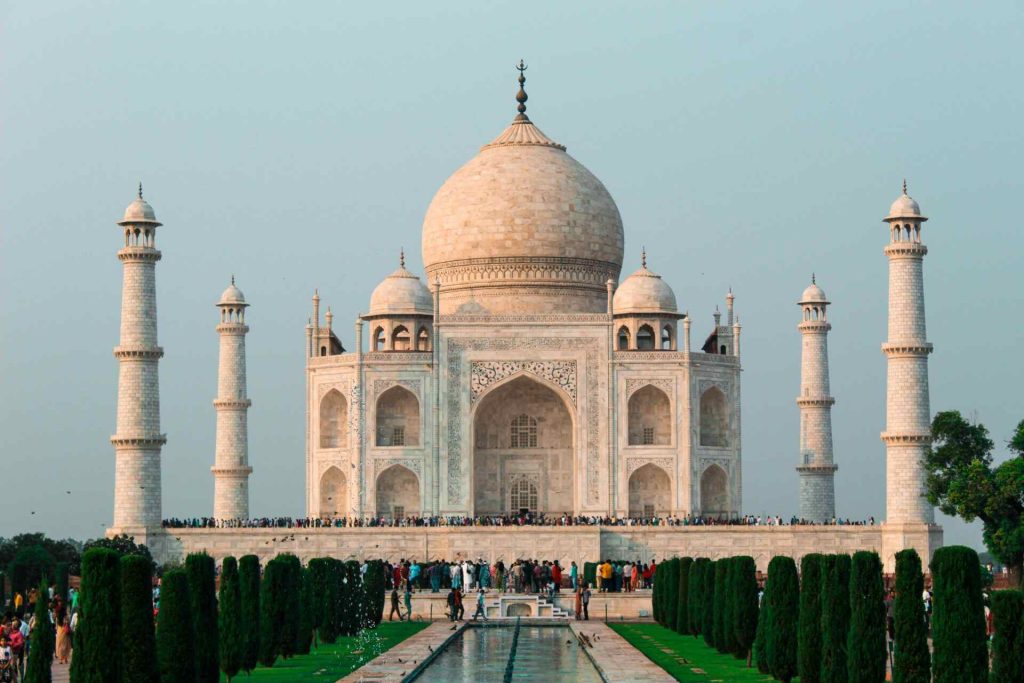
16. Have cash in small bills
India is a cash economy, so you’ll have to pay in cash for nearly everything. 100 rupee (~$1.20) bills come in very handy when paying for street food, groceries, shopping at the local market, or the metro.
Giving money or food to poor people is also pretty common in Indian culture. And while you definitely don’t have to, and probably shouldn’t be handing out money to everyone who asks for it, having cash in small bills allows you to get rid of particularly pesky beggars. They are a minority and most locals will be friendly, but it doesn’t hurt to be prepared just in case.
Holafly tip: Exchange some cash before leaving for India, local exchanges may have a worse course, especially those in touristy areas.
17. Watch out for scams
As you may already have noticed from the points above, some locals can try to lure you out of your money. They see tourists as easy targets and may offer you tickets for places that are actually free to enter, sell false tickets to other tourist attractions, fake copies of brand-name items, or simply charge you much more than what you should be paying.
When it comes to tickets, most places will have an official ticket stand, which is where you should be paying. As for anything else you buy, inspect the quality and make sure you’re not paying a premium for a cheap copy.
Holafly tip: Watch the locals. If they’re not buying tickets from the guy on the street, you probably shouldn’t either.
18. Carry hygiene essentials
Things like toilet paper and soap are often not available in public washrooms, and while hotels typically supply things like shampoo, shower gel, and towels, there’s no guarantee that the same will be included if you’re staying at an Airbnb.
Have some hand sanitizer with you at all times, and pack other hygiene essentials with you unless you’re absolutely certain that they’ll be provided for you once you arrive.
Holafly tip: Not a fan of hand sanitizer? Baby wipes do just as good of a job, so you can keep your hands clear and avoid dirty tap water.
19. Don’t expect anything to happen on time
You might’ve heard people say that everything in the country happens on Indian time, which means that it’s about half an hour later than when it was supposed to happen. That’s not always true, and things like trains and metro are often on time.
Locals may not be as punctual as you are, but that’s just what they’re used to. On the plus side, Indians are also very tolerant of bad timing by others, so if you’re ever running late for something, most locals probably won’t mind it too much.
Holafly tip: Adopt the local approach and grab a snack from a nearby street food stand while you wait.
20. Get used to shopping at markets and corner stores
Large chain stores and supermarkets aren’t very common in India. Shopping in local markets and small corner stores is the norm, and while you may not find everything in one place, you’ll typically be able to get everything you need if you look for it. On top of that, local markets often offer fresh produce and quality goods.
Holafly tip: Steer clear of any meat or milk products that may have been standing in the hot sun for a while.
Take it in and enjoy your holiday
India is one of the most popular tourist destinations in Asia for a reason. The country will have aspects you may not be used to, but if you take some time to prepare for your trip, you’ll be able to avoid the culture shock and actually enjoy everything that the country has to offer.
Just remember that traveling, shopping, and communicating with the locals is much easier if you have mobile internet. Get yourself an eSIM for India from Holafly and enjoy unlimited data and non-stop connection throughout your holiday.
FAQs
When traveling to India, you should be prepared to eat some spicy food, traverse the super busy streets, watch out for local scams, and carry some simple hygiene items with you. Other than that, make sure you have an internet connection at all times to use things like map and translation apps.
As of the writing of this article, many governments suggest that you exercise increased caution when traveling to India due to an increase of violent crime and terrorism. That said, large cities such as Mumbai or Delhi are generally considered safe for visitors.
Drink bottled water and only eat freshly cooked food to avoid getting ill in India. Tap water can be contagious, as can any raw foods, as well as cooked foods that have been standing out for a while.














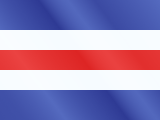
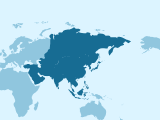



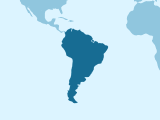






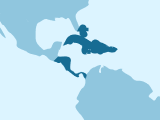

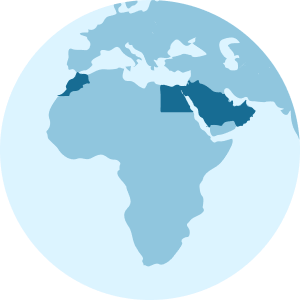






 Language
Language  Currency
Currency 


















 No results found
No results found





